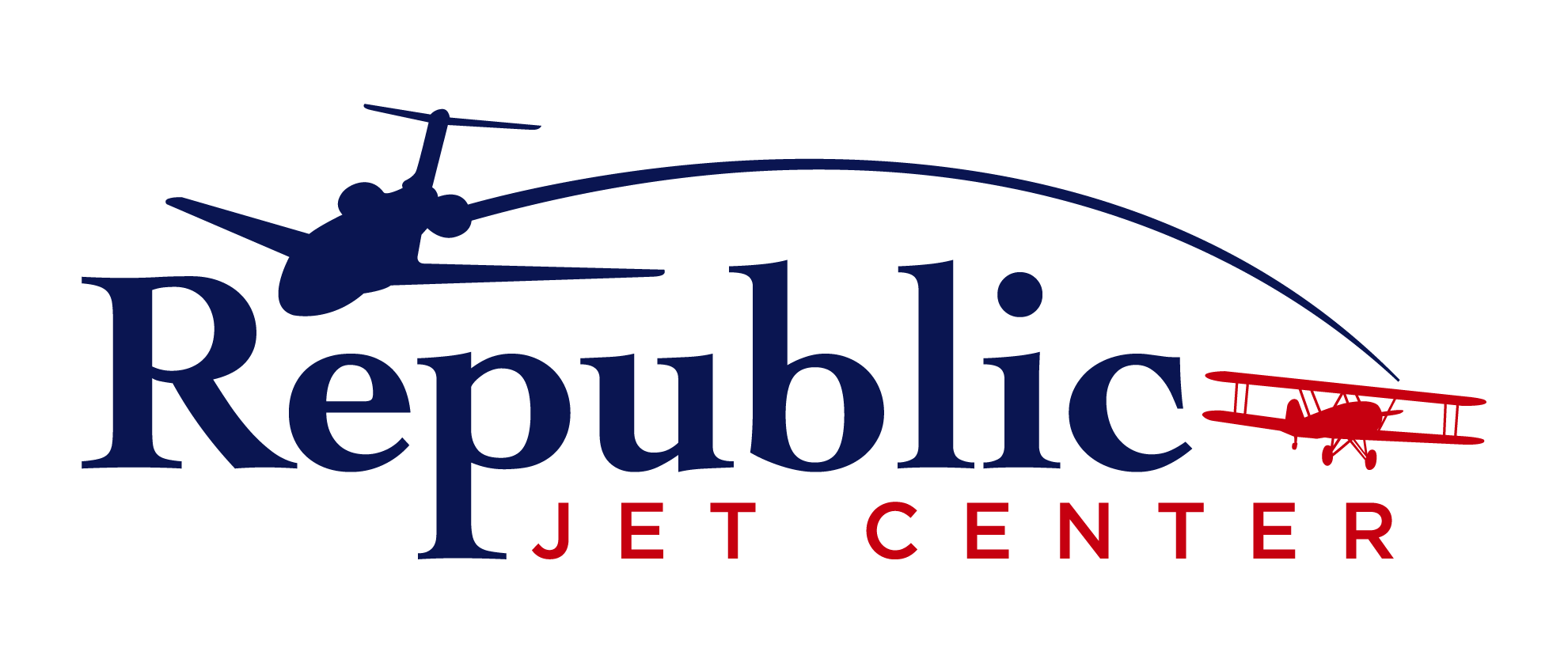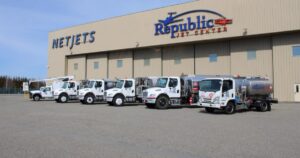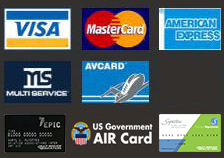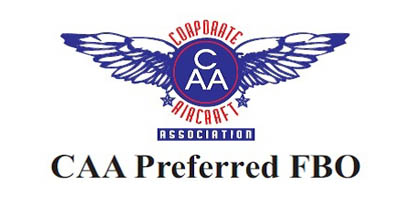Imagine what would happen if you drove your car for years without changing the oil or inspecting the tires. At best, you’d have some serious maintenance issues to contend with. At worst, you could endanger yourself — and everyone else on the road.
There may not be visible roadways in the skies, but your jet maintenance routine is just as important. It extends the lifespan of your aircraft and ensures you’re compliant with federal regulations. Most importantly, aircraft maintenance keeps you and everyone onboard safe during the journey.
Experts estimate that four out of five aircraft maintenance mistakes are due to human error. Left undetected, these mistakes could have disastrous consequences.
How can you be sure that your private jet care routine is up to par? Keep reading for your complete guide to private jet maintenance.
Aircraft Maintenance: Owner’s & Pilot’s Duties
Whose job is it to maintain aircraft? The primary responsibility falls on the jet’s owner/operator.
Federal aviation regulations allow owners to perform (and sign off on) certain preventative maintenance tasks for their own jet. This may or may not be something you’re interested in doing, but we’ll discuss this in more detail later.
Meanwhile, the commanding pilot is responsible for:
- Determining that the jet is in a safe, suitable condition for flight
- Staying informed of the latest regulations that pertain to the aircraft’s operation and maintenance
- Keeping an FAA-approved flight manual or a copy of operational limitations available inside the jet
- Displaying a Registration Certificate and a valid Airworthiness Certificate in the aircraft at all times
It’s important to note that the rules are different if the plane is used as a commuter aircraft or foreign air carrier, or if it’s used for domestic commercial operations. In these cases, any maintenance work must be supervised by an Airframe and Powerplant (A&P) mechanic.
Inspections for Preventative Maintenance
FAR 91.409 sets out minimum requirements for annual and 100-hour inspections. Let’s take a brief look at what’s involved in these maintenance inspections.
Daily & Preflight Inspections
The owner/operator may choose to conduct a daily inspection, especially if the jet is grounded for an extended period of time.
Regardless of how often routine inspections occur, the pilot must conduct a preflight inspection before every flight. This follows a detailed checklist of items in the cabin, empennage, nose, and wings. Before the jet can take off, the pilot must confirm that it’s airworthy.
Hourly Inspections
Routine preventative maintenance is divided into 100-hour blocks of operating time. Depending on the type of aircraft, its use, and the number of hours flown, there will be a specific set of inspection and maintenance tasks at:
- 100 hours
- 200 hours
- 400 hours
- 600 hours
- 800 hours
As you might expect, the longer the time interval, the more in-depth the inspection. The more frequently the aircraft is flown, the more often it will require maintenance inspections.
Keep in mind that these routine inspections do not include any unscheduled maintenance. Just like when the “check engine” light goes on in your vehicle, you’ll need to address any unexpected issues that show up before your next flight. This is true regardless of how recent the last inspection was.
Annual Inspections
Every 12 calendar months, your jet needs to go through its required annual inspection. This can be done by:
- a certified A&P mechanic that holds an inspection authorization
- a certified and appropriately-rated repair station
- the aircraft’s manufacturer
The manufacturer sets the requirements for both hourly and annual inspections. The age of the aircraft and the number of flight hours are the two biggest factors that impact its maintenance routine. More flight hours lead to more wear and tear, creating the need for more frequent maintenance and repairs.
Components of a Jet Maintenance Program
The details of your jet maintenance program will vary depending on the type of aircraft you fly. Here’s an example of what’s typically included with jet maintenance services:
- Maintenance tracking
- Procuring and replacing parts
- Logbook entries & research
- Compliance with Airworthiness Directives (ADs)
- Requested service bulletin compliance
- Scheduled maintenance
- Unscheduled maintenance
- Pre-purchase inspections
- Avionics installation
- APU & engine inspections and maintenance
- Engineering & Certification/STCS
- Cleaning and detailing of the aircraft’s interior and exterior
- Necessary repairs and parts replacements
One of the biggest mistakes owners make is skipping these routine inspections. Rather than waiting for a (potentially dangerous) problem to occur, it’s best to be proactive and stick with a solid preventative maintenance routine. At the very least, you’ll want to check oil and lubricant levels, as well as other critical components.
Hot Section Inspection (HSI)
After a certain number of flight hours, your jet’s manufacturer will recommend overhauling its parts — including the engine. As the Time Between Overhaul (TBO) approaches, you’ll need to schedule a hot section inspection (HSI).
This usually occurs every 1,500-2,000 hours, but the exact time varies depending on your jet’s make and model.
What happens during the HSI? The maintenance team will inspect all the vital components that are subject to high temperatures and pressure. These include the:
- Air compressors
- Combustion chambers
- Temperature sensors
- Compression turbines
- Turbine-shroud segments
If any component is not up to standard and could fail to serve its purpose, it needs to be replaced immediately. Keep in mind that this doesn’t include minor problems, such as insignificant cracks or deterioration that won’t affect the jet’s performance.
The HSI process typically takes just a few days. It’s less disruptive and more cost-effective than a full overhaul, making it another valuable addition to your jet maintenance routine.
Full Overhaul
What if the HSI reveals serious problems with your jet’s condition?
In this case, the maintenance contractor will launch a full investigation that includes:
- Disassembling each component
- Examining every part thoroughly
- Repairing or replacing any defective parts
- Reassembling each component
- Testing through trial runs before the parts are put back into operation
Depending on the parts being tested, the team might conduct dye-penetration tests, x-ray inspections, or eddy current electronic inspections.
A top overhaul is an inspection of the parts that are located outside the crank space. This might include the valve guides, the cylinders and their walls, the pistons, and the piston rings. A top overhaul doesn’t require complete disassembly of the engine.
On the other hand, a major overhaul is exactly what it sounds like. The maintenance team takes the entire engine apart and tests each component, making any necessary repairs or replacements before reassembly.
Private Jet Care: Tasks You Can Do Yourself
So far, we’ve focused mainly on tasks provided by aircraft maintenance and repair services. However, we did mention earlier that there are some routine maintenance tasks the owner/operator may choose to handle themselves.
Here are some tasks that the FAA permits qualified owners to perform:
- Changing the engine oil/filter
- Greasing the wheel bearings
- Changing the landing-gear tires
- Changing the navigation light bulbs
- Changing the landing light bulbs
- Lubricating the airframe
- Changing the side windows
- Patching the fairings, cowlings, and cover plates
- Making simple repairs to interior fabric
- Repairing the navigation light and landing light wiring
- Servicing the landing gear shock struts with air or oil (or both)
If they’re willing and able, the FAA also allows owners to remove and replace their front instrument panel-mounted navigation-communication units. This includes most modern nav coms as well as the latest GPS navigators.
Even if you learn how to perform just a few tasks listed in Appendix A of FAR Part 43, it can significantly contribute to your experience of jet ownership.
Private Jet Cleaning & Basic Maintenance
To keep your jet in the best possible condition, include these simple cleaning and maintenance tasks in your pre-flight or post-flight checklist.
Keep the Interior Spotless
Vacuum the interior after each flight and wipe down all surfaces. Use high-quality leather cleaning products to preserve the leather finishes and extend their lifespan. For fabric or vinyl seating, pre-treat with appropriate supplies to prevent damage from dirt, debris, and spills.
While you’re at it, keep an eye out for any signs of grease or oil. This could indicate a hidden leak that needs professional attention.
Use glass cleaner specifically designed for aviation glass to clean your aircraft windows and instrument panel. This is also the time to clean out glove compartments and any nooks or crannies where trash and debris tend to pile up.
Detail the Jet’s Exterior
Give your jet a thorough wash to remove dirt, bugs, and oxidation. Then add a fresh coat of wax that will readily shed snow and ice. Use polish on your windows to ensure they’re sealed and protected.
Next, check the drain holes in the fuselage with a pipe cleaner. Any water that gets trapped will cause corrosion faster than you’d expect, so make sure everything is dry and clear.
Finally, check the condition and air pressure of your tires. It goes without saying that takeoffs and landings are the most dangerous part of every flight, so there’s no room for error here. If your tires or landing gear need any work that you’re unable to complete yourself, contact a maintenance expert ASAP.
Change the Oil
Experts recommend changing the oil in your aircraft every 50 hours for engines with an oil filter and every 25 hours for non-filter-equipped engines.
This could come around every 2-4 months or even sooner, depending on how often you fly. Don’t forget to record any oil changes and filter changes in your jet’s engine logbook.
Bonus tip: If winter is approaching, you may want to switch from a straight weight oil to thinner oil.
Check the Batteries
Start with the aircraft’s main battery. Test it to ensure it’s still performing at its required capacity. If the capacity check fails, replace the battery with a new one.
Periodically, you also need to go through and replace other batteries such as the:
- Flashlight batteries
- Headset batteries
- Carbon monoxide detector batteries
This is also the time to check the spark plug and make any needed repairs or replacements.
Professional Private Jet Maintenance From Your FBO
No matter how much you choose to handle yourself, eventually you’ll need expert help to inspect and maintain your aircraft. This is where the FBO services at Republic Jet Center set us apart from the rest.
Whether you’re here for a layover or you choose to make us your home base, our aircraft repair station proudly offers:
- GPU
- Aircraft oil
- Aircraft parts
- Lift services (including the use of a forklift)
- Potable water cart
- Baggage cart
- Lav cart services
- Deicing equipment and services
- Tug up to 175,000 pounds
While your jet is being serviced, you can choose to relax in the lounge, enjoy a delicious meal, or go sightseeing. Our experienced team will have your aircraft ready to go with minimal downtime, allowing you to get back in the air faster.
Maintain Your Aircraft at Republic Jet Center
Aircraft maintenance is a vital part of owning a private jet. Not only does it ensure compliance when you fly, but it keeps you and everybody onboard safe during the journey.
Understandably, you may not have the time or desire to perform any jet maintenance duties yourself. This is especially true when you consider the long list of necessary tasks we discussed above.
That’s why many owners entrust their private jet care to the experts at Republic Jet Center. In addition to our stellar concierge and customer services, we also offer extensive FBO services including private jet cleaning, maintenance, and repair.
Our convenient Long Island location makes it easy to reach New York City, the Hamptons, and other destinations across the Northeast. Call us at (631) 881-9520 or use our online contact form to learn more about our premium FBO services.











